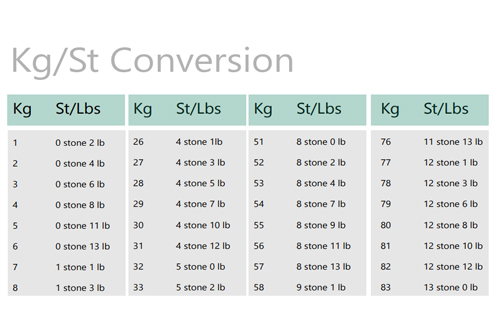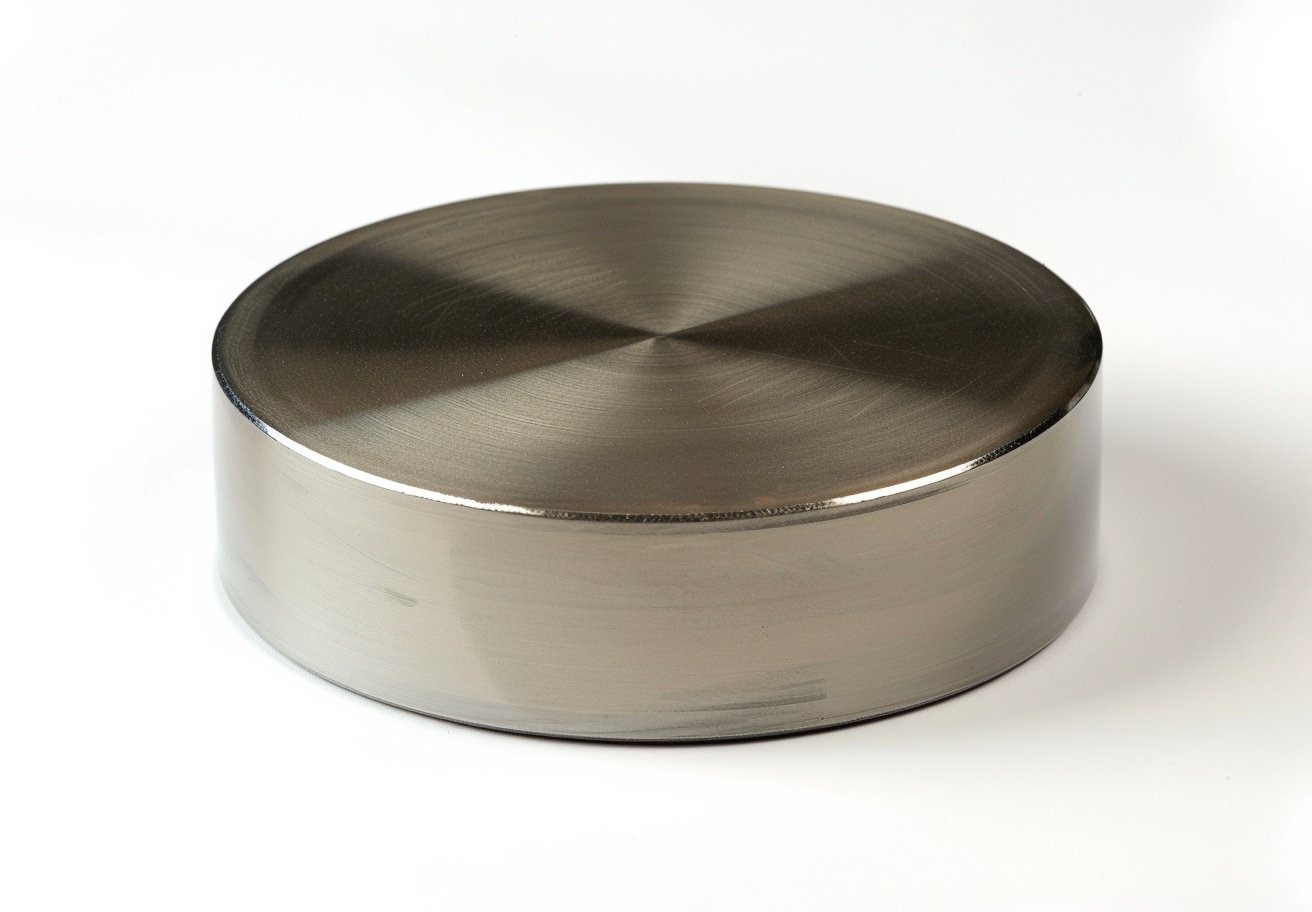Fractions Conversion Tables
Introduction to Fraction Conversion
Fractions have fundamental importance in maths because they represent parts of a whole. Converting fractions into decimal numbers is a task required across various applications, from everyday calculations to advanced scientific computations. If one understands how to use a conversion table for fractions, the conversion process is simplified considerably.
The Importance of Fractions in Mathematics
Fractions play a crucial role in maths because they allow the representation of non-integer values. They are indispensable in areas such as algebra, geometry and calculus. Mastery of fractions and their conversion enhances problem-solving skills and overall mathematical competence.
Advantages of Using Conversion Tables
Conversion tables offer several advantages:
- Speed: They enable rapid identification of decimal equivalents without performing additional calculations.
- Accuracy: They reduce the risk of conversion errors.
- Convenience: They provide an easily accessible reference for both students and professionals.
Example of a Conversion Table for Fractions
The following example table converts fractions into decimal numbers to illustrate the conversion process:
Table: Fractions to Decimal Numbers
|
Fraction |
Decimal |
|
1/1 |
1.0000 |
|
1/2 |
0.5000 |
|
1/3 |
0.3333 |
|
1/4 |
0.2500 |
|
1/5 |
0.2000 |
|
1/6 |
0.1667 |
|
1/8 |
0.1250 |
|
1/10 |
0.1000 |
|
1/12 |
0.0833 |
|
1/16 |
0.0625 |
|
1/20 |
0.0500 |
|
1/25 |
0.0400 |
|
1/50 |
0.0200 |
|
1/100 |
0.0100 |
|
3/4 |
0.7500 |
|
2/3 |
0.6667 |
|
3/5 |
0.6000 |
|
5/8 |
0.6250 |
Table: Conversion of Fractions into Percentages
|
Fraction |
Percentage |
|
1/1 |
100% |
|
1/2 |
50% |
|
1/3 |
33.33% |
|
1/4 |
25% |
|
1/5 |
20% |
|
1/6 |
16.67% |
|
1/8 |
12.5% |
|
1/10 |
10% |
|
1/12 |
8.33% |
|
1/16 |
6.25% |
|
1/20 |
5% |
|
1/25 |
4% |
|
1/50 |
2% |
|
1/100 |
1% |
|
3/4 |
75% |
|
2/3 |
66.67% |
|
3/5 |
60% |
|
5/8 |
62.5% |
Below is a conversion table that converts inches into decimal millimetres (mm):
Conversion Table: Inches to Decimal Millimetres
|
Inch |
Decimal Millimetres (mm) |
|
1/16 |
1.5875 |
|
1/8 |
3.1750 |
|
3/16 |
4.7625 |
|
1/4 |
6.3500 |
|
5/16 |
7.9375 |
|
3/8 |
9.5250 |
|
7/16 |
11.1125 |
|
1/2 |
12.7000 |
|
9/16 |
14.2875 |
|
5/8 |
15.8750 |
|
11/16 |
17.4625 |
|
3/4 |
19.0500 |
|
13/16 |
20.6375 |
|
7/8 |
22.2250 |
|
15/16 |
23.8125 |
|
1 |
25.4000 |
Further information is available at Stanford Advanced Materials (SAM).
Frequently Asked Questions
What is the simplest method to convert a fraction into a decimal number?
Divide the numerator by the denominator using long division or a calculator.
Why are fractions important in everyday life?
Fractions are used in cooking, measurement, household planning and many other daily activities that require precise quantification.
Can all fractions be converted into finite decimal numbers?
No, some fractions yield repeating decimals; for example, 1/3 equals 0.333…
How can a table for converting fractions into decimal numbers assist students?
It provides a quick reference and aids in learning and memorising the decimal equivalents of common fractions.
Are there any other tools besides tables for converting fractions into decimal numbers?
Yes, calculators, online converters and mathematical software can perform these conversions efficiently.

 Bars
Bars
 Beads & Spheres
Beads & Spheres
 Bolts & Nuts
Bolts & Nuts
 Crucibles
Crucibles
 Discs
Discs
 Fibers & Fabrics
Fibers & Fabrics
 Films
Films
 Flake
Flake
 Foams
Foams
 Foil
Foil
 Granules
Granules
 Honeycombs
Honeycombs
 Ink
Ink
 Laminate
Laminate
 Lumps
Lumps
 Meshes
Meshes
 Metallised Film
Metallised Film
 Plate
Plate
 Powders
Powders
 Rod
Rod
 Sheets
Sheets
 Single Crystals
Single Crystals
 Sputtering Target
Sputtering Target
 Tubes
Tubes
 Washer
Washer
 Wires
Wires
 Converters & Calculators
Converters & Calculators
 Write for Us
Write for Us


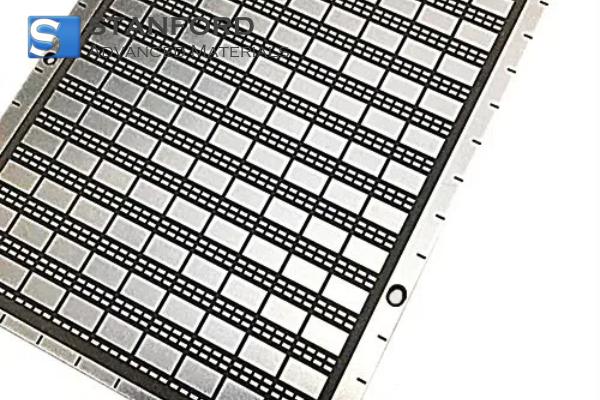
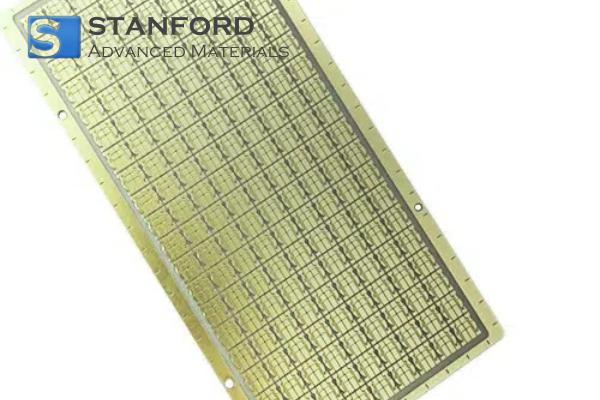
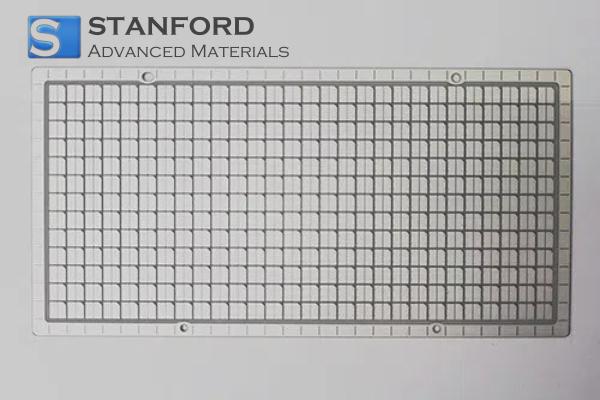
 Chin Trento
Chin Trento

